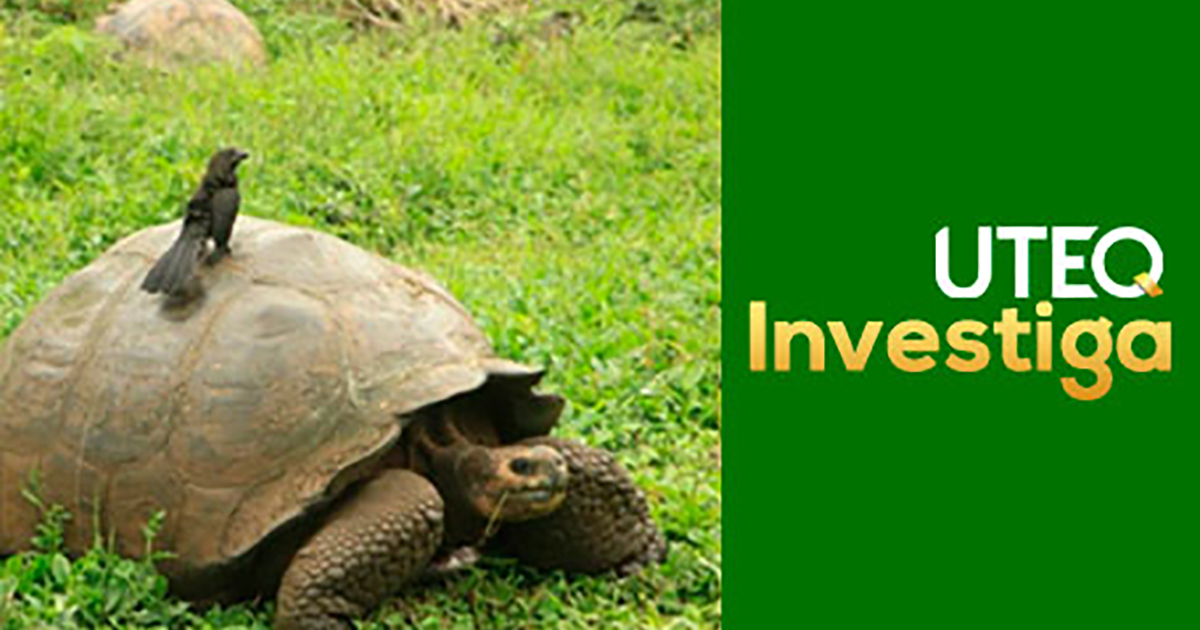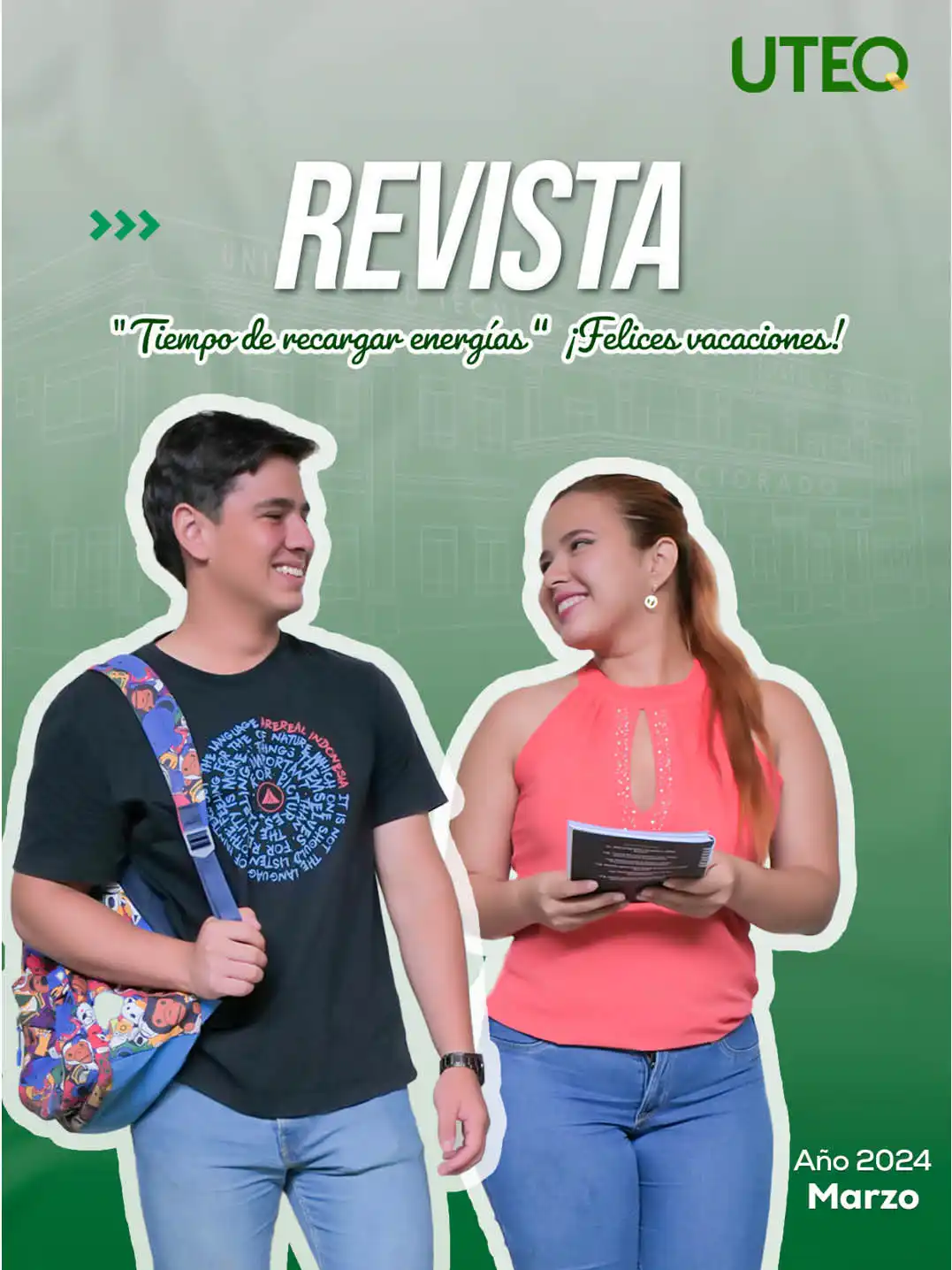Potential impact of different climate change scenarios change scenarios on invasive alien species in Ecuador. invasive species in Ecuador".
Published on 01 from July from 2021

Evaluation based on ecological niche modelling.
The introduction and subsequent invasion of non-native (alien) species is the second leading cause of biodiversity loss globally, leading to altered ecosystem functioning, the introduction of disease-promoting vectors and reductions in the distribution and diversity of native populations (Fong and Chen, 2010).
The direct and indirect effects on our health are increasingly severe and the damage caused to nature is often irreversible. For example, invasive alien species (IAS) can transform the structure of ecosystems and affect the native species that comprise them, restricting their distribution or excluding them, either directly by competing with them for resources, or indirectly by changing the way nutrients are recycled. Weeds reduce crop yields, increase control costs and decrease available water by degrading watersheds and freshwater ecosystems. Exotic plants in nature reserves degrade protected ecosystems and increase management costs. Ecuador is a megadiverse country and a signatory to the Convention on Biological Diversity, which states that each contracting party shall, as far as possible and as appropriate, prevent the introduction of, control or eradicate alien species that threaten ecosystems, habitats and species. Different articles of the Constitution of the Republic declare "interest in the preservation of the environment, the conservation of ecosystems, biodiversity and the integrity of the genetic heritage of the country, the prevention of environmental damage and the recovery of degraded natural spaces". Following this same line, within the policies and Strategic Guidelines of the National Development Plan, it is stipulated to develop integral mechanisms for the prevention, monitoring, control and/or eradication of invasive species, in order to safeguard public health and the protection of ecosystems and their biodiversity, particularly native, endemic and endangered species. In Ecuador there are several policies and strategies that are directly and indirectly related to the conservation, protection and sustainable use of biodiversity (forestry, biodiversity, Andean forest, protection of threatened species groups, environmental quality, control/eradication of invasive species).
Despite all these agreements and governmental provisions, more than 1000 vascular plant species have been documented as introduced in the country. The rate of introduction is often cited as exponentially increasing at 10 species/year. In the Galapagos Islands, ecosystems are under constant pressure from the presence of multi-taxa IAS. Hence, it is the site of the largest body of IAS eradication projects (e.g. Zapata et al., 2000; Causton and Sevilla, 2007) and scientific research (e.g. Mauchamp, 1997; Lawesson, 1990; Kaiser, 2001; Carrion et al., 2007). On the other hand, the continental region of Ecuador lacks information on the effects of IAS on the diversity of ecosystems, their geographical distribution, the areas most affected, etc. Most of the studies only report on the presence of these species, lacking the necessary information for the prevention and/or control of biological invasions. Taking into account the high biodiversity of this country, the threats faced by multiple groups of vertebrates (6362 threatened species; IUCN, 2014) due to the incidence, among other factors, of IAS, and in accordance with governmental guidelines and interests, a project was initiated in October 2017, with the aim of predicting potential risk areas.
With this proposal, the aim is to evaluate the ecological niche of IAS in continental Ecuador under future climate change scenarios and thus identify how climate change will influence the potential geographical distribution of these species and predict the areas and ecosystems most susceptible to invasion.

